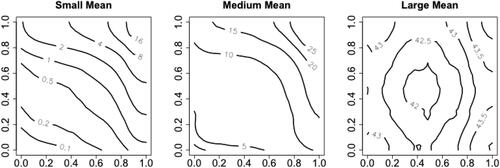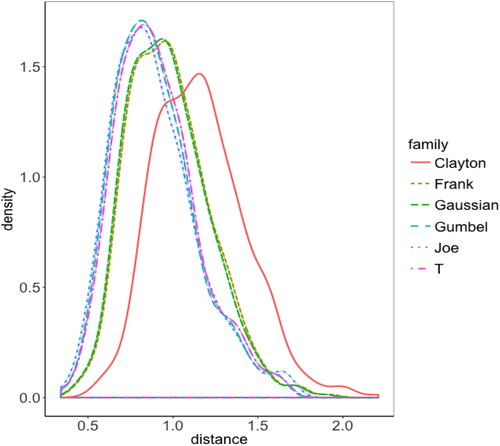Figures & data
Fig. 1 (solid curve) as a function of
for Poisson GLM with the log link. Dashed curves:
, from left to right
, and 16. The curve of
is composed of pieces from the curves of
. Horizontal lines:
, and
.
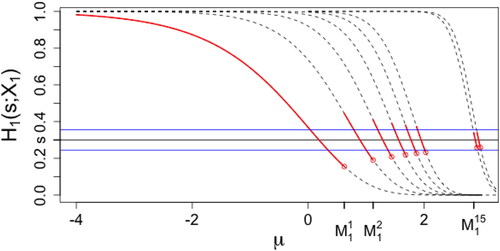
Fig. 2 (solid curve) as a function of
for logistic regression (left panel) and ordinal regression with 4 levels (right panel). Dashed curves for right panel:
, from left to right k = 0, 1, 2. Horizontal lines:
.

Fig. 3 Contour plots of the nonparametric estimator for Poisson outcomes under different scenarios with sample size 1000. The average of the estimator over 500 replications is given by the solid lines, while the dash-dot symbols give the corresponding confidence interval for every other copula value, and the dashed lines give the underlying copulas.
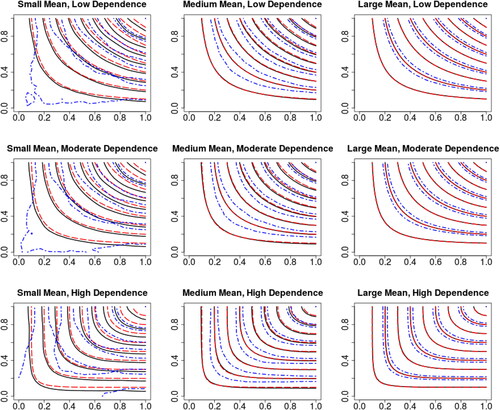
Fig. 5 Contour plots of the nonparametric estimator for Poisson outcomes under different scenarios with sample size 5000.
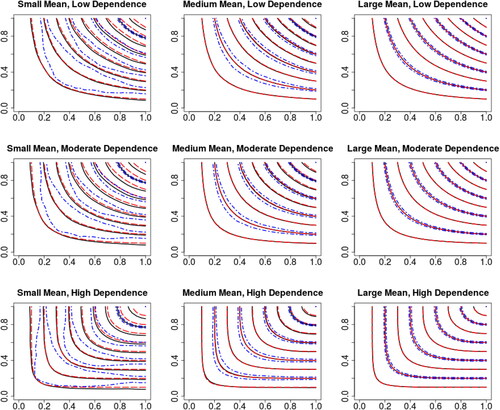
Table 1 ISE values for Poisson examples under different scenarios (multiplied by 1000).
Fig. 6 Left panel: contour plot of for binary outcomes. Right panel: contour plot of the nonparametric estimator for binary outcomes with sample size 5000.
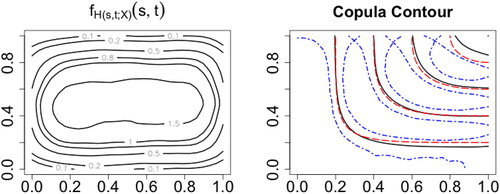
Fig. 7 Contour plots of the empirical copula estimator (solid curve) with its confidence interval (dash-dot symbols) compared with the underlying copulas (dashed lines).
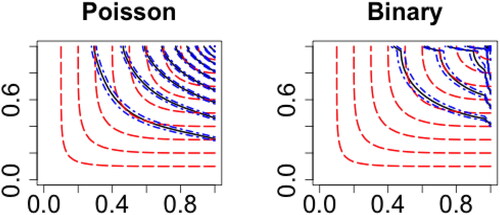
Table 2 ISE of three-dimensional estimator for Poisson outcomes under high dependence with sample size 5000 (multiplied by 1000).
Table 3 Empirical numbers of observations.
Table 4 Description and summary statistics of covariates.
Table 5 Correlations between frequencies of claims.
Table 6 Marginal coefficients.
Fig. 8 Contour plot of the nonparametric estimator (solid) and its confidence intervals (dotted) compared with parametric copulas contours (dashed).
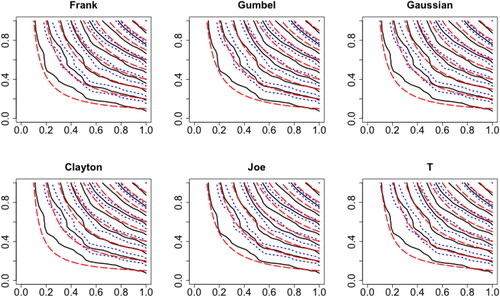
Table 7 Parameters from different parametric copulas.
Table 8 Distances of different parametric copulas (multiplied by 1000).

